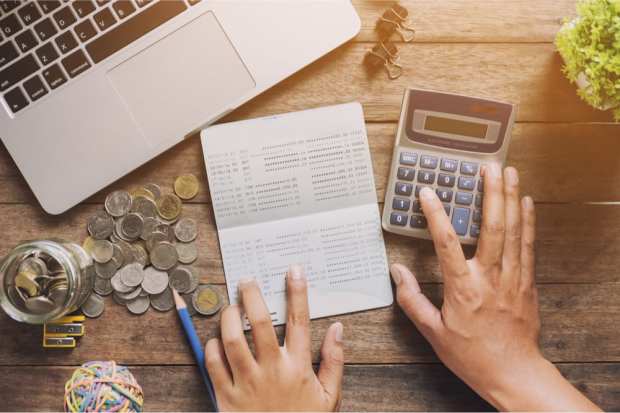U.S. Savings Rate Hits Record-High 33 Pct, But Spending Falls A Record 13.6 Pct

The consumer savings rate hit a historic 33 percent in April, as Americans hunkered down amid COVID-19, the U.S. Bureau of Economic Analysis (BEA) announced Friday (May 29).
“There is a tremendous uncertainty and virus fear that is lingering and that is restraining people’s desire to go out and spend as they normally would,” Gregory Daco, chief U.S. economist at Oxford Economics told CNBC.
The rate reflects how much people save as a percentage of their income. At one-third, it’s the highest number since the department began tracking in the 1960s.
It’s been 45 years since the previous record savings rate was set. In May 1975, the savings rate reached 17.3 percent, according to FactSet. The Connecticut-based financial data company reported the savings rate was more than 13 percent throughout most of the early 1970s.
April’s indicator was up from 12.7 percent in March.
As savings rose, spending fell by a record 13.6 percent for the month, the BEA reported.
The pandemic has caused Americans to save, in part, because of shelter-in-place orders, as well as fears brought on as a record 40 million workers have filed for jobless benefits.
“The saving rate is the residual of an extraordinary event,” Diane Swonk, chief economist at Grant Thornton, the Chicago accounting firm, told the network.
Analysts told CNBC while consumers account for more two-thirds of the economy, the recovery will depend upon whether the increase in savings stems from the shutdown or reflects a structural change in consumer habits.
“There’s not much opportunity for many people to go out and spend money,” Megan Greene, a senior fellow at Harvard Kennedy School told CNBC. “With shops all closed and everybody locked up, the ‘shopportunities’ have dried up. That speaks to a kind of demand shock.”
Daco said as long as the money is put in savings instead of being invested, that tends to weigh on interest rates, curb growth and weakens the potential of the economy.
“The paradox is that if everyone across the broad economy is hunkering down, that only makes the recession worse,” Marc Odo, portfolio manager at Swan Global Investments, told the network.
The latest savings numbers reflect what Bank of America Chairman and CEO Brian Moynihan said on Thursday (May 28) when he noted average consumer checking balances are up by 30 to 40 percent compared to a year ago.
